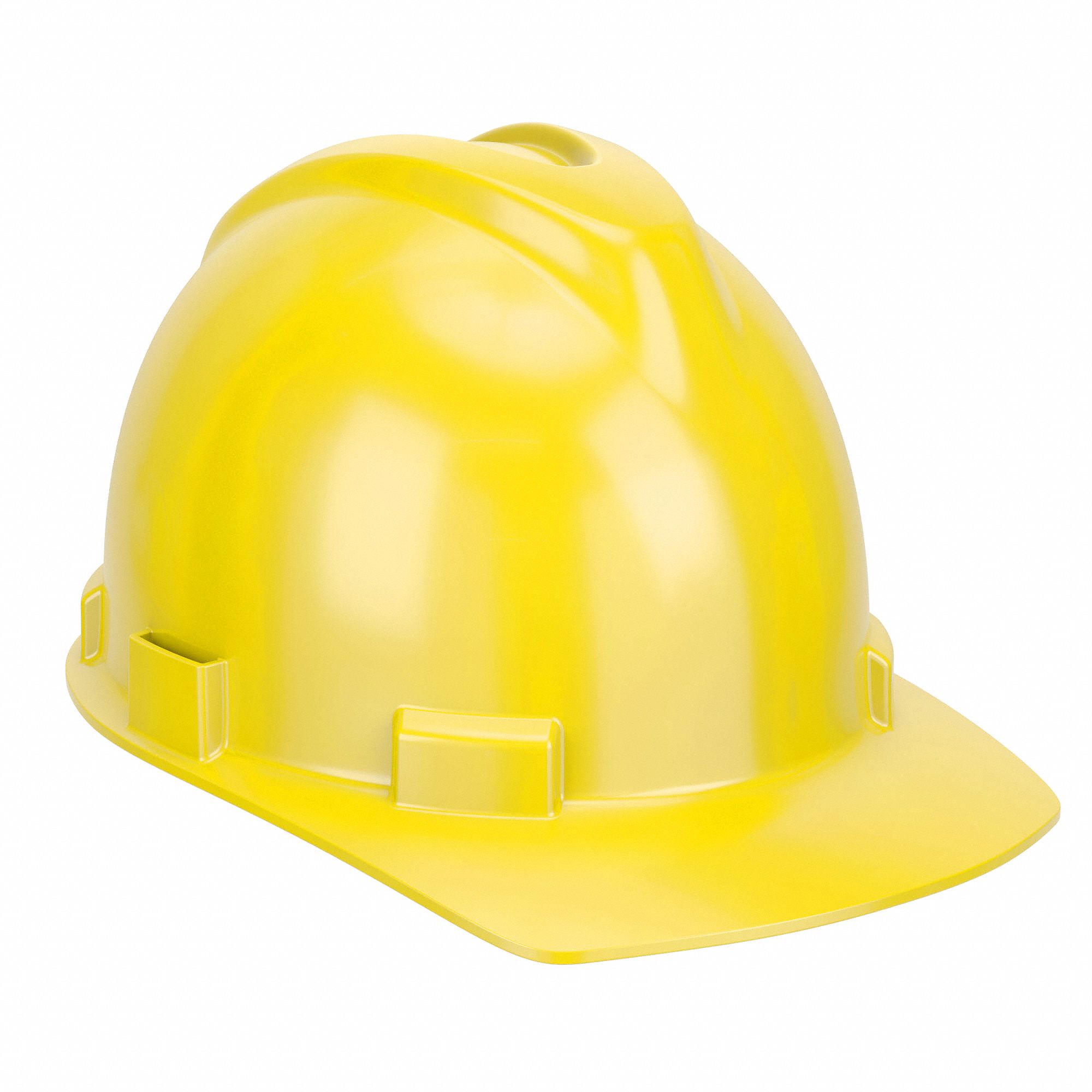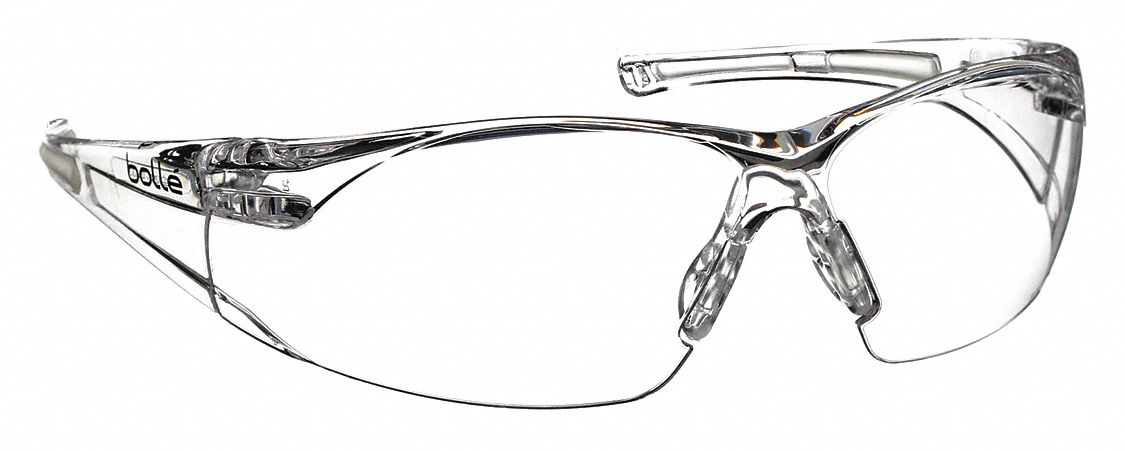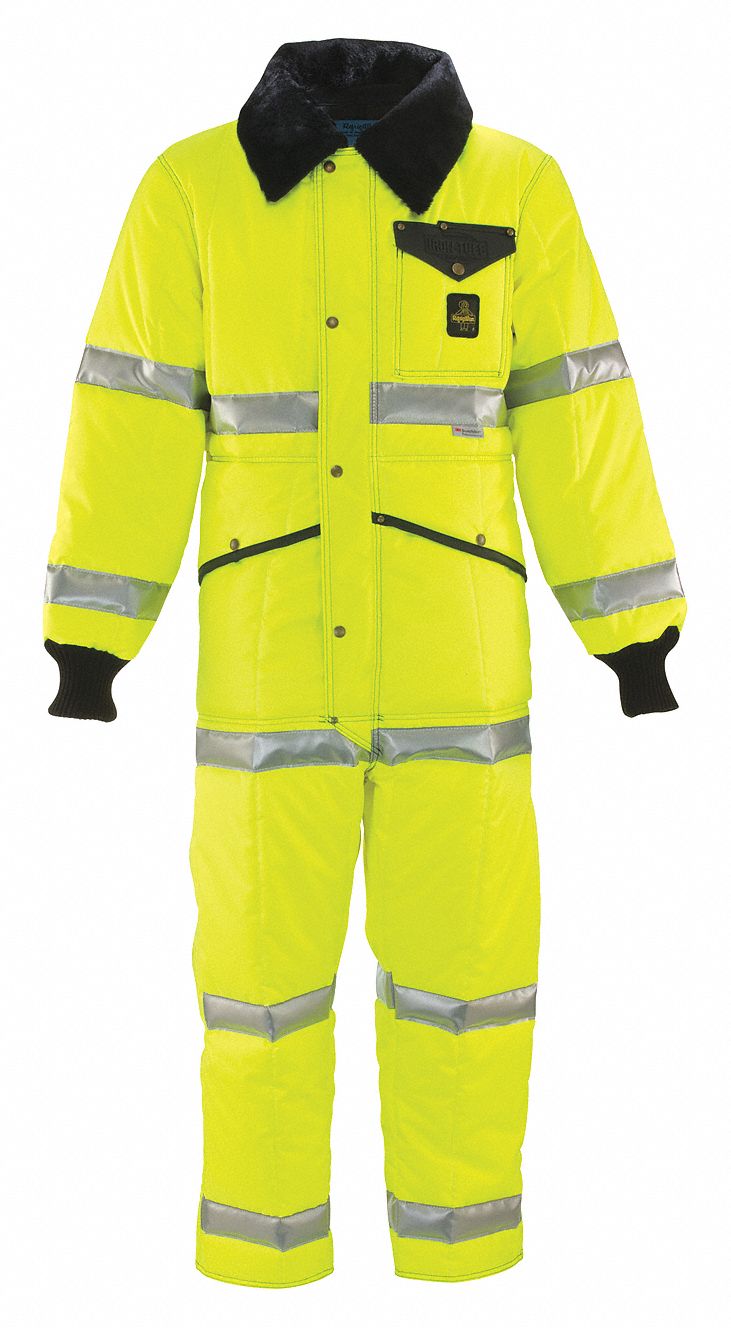

Don't Sleep on Fatigue in the Workplace
By Grainger Editorial Staff 6/11/19


Drowsy workers who aren’t getting enough sleep cost employers between $1,200 and $3,100 in productivity losses per employee each year, and can create serious safety problems. Here’s what employers and employees can do about fatigue in the workplace.
Feeling drowsy or tired on the job isn’t just an annoyance—it’s also a serious safety problem. In fact, decreased alertness as a result of worker fatigue played a role in numerous industrial disasters, including the Texas City BP oil refinery explosion, the explosion of the space shuttle Challenger, and the nuclear accidents at both Chernobyl and Three Mile Island, OSHA reports.
What Is Workplace Fatigue?
Workplace fatigue is something that often happens when there is a conflict between a person's work schedule and their sleep schedule or sleep habits. Too little, poor quality or interrupted sleep over an extended period of time can result in fatigue, which is the body's signal that it needs a period of rest. “The body operates on a circadian rhythm sleep/wake cycle,” OSHA states. “It is naturally programmed for sleeping during night hours. Demanding work schedules may disrupt the body's natural cycle, leading to increased fatigue, stress, and lack of concentration.”
Fatigue can hit anyone, anywhere, at any time of day. In fact, the National Safety Council (NSC) estimates that more than 43% of workers are sleep-deprived. The NSC also notes:
- 62% of night shift workers complain about sleep loss
- Fatigued worker productivity costs employers $1,200 to $3,100 per employee annually
- Employees on rotating shifts are particularly vulnerable because they cannot adapt their "body clocks" to an alternative sleep pattern
- About 38% of U.S. workers sleep less than seven hours a night
- Workers who have a sleeping disorder are more likely to be involved in a workplace safety incident
OSHA also reports that studies show fatigue is linked to health problems like heart disease, stomach and digestive problems, musculoskeletal disorders, reproductive problems, and depression.
Effects of Fatigue in the Workplace
“Worker fatigue increases the risk for illnesses and injuries,” OSHA points out. In studying the relative risk of incidents in the morning, afternoon, and night shifts of 8-hour shift systems, the National Institutes of Health identified an 18% increased risk in the afternoon shift and a 30% increase in the night shift (compared to the morning shift).
The longer the shift, the higher the chances of worker fatigue. Working 12 hours per day is associated with a 37% increased risk of injury, OSHA reports, and employers absorb roughly $136 billion in annual costs related to fatigue-related lost productivity.
The Fatigue-Safety Connection
According to the National Sleep Foundation, sleep deprivation can be as dangerous as alcohol impairment when you’re behind the wheel. The Sleep Foundation writes that
- Being awake for 18 hours is similar to a blood alcohol level of 0.05
- Being awake for a full 24 hours is similar to a blood alcohol level of 0.10, which is over the legal limit
The Canadian Centre for Occupational Health & Safety (CCOHS) points to this data as a demonstration of why fatigue is a serious workplace hazard, too.
Unlike alcohol consumption, which is easier to detect on the job, fatigue levels are not easily measured or quantified. As a result, it’s difficult to isolate the effect of fatigue on accident and injury rates, CCOHS states. “Factors that may influence fatigue are shift rotation patterns, balanced workloads, timing of tasks and activities, availability of resources and the workplace environment (e.g., lighting, ventilation, temperature, etc.).”
Preventing and Managing Fatigue in the Workplace
Employers can help combat fatigue by offering breaks, scheduling work when employees are most alert, and promoting the importance of sleep. Other effective strategies include balancing workload and staffing, training workers on the issue of fatigue (and how to manage it) and leveraging NSC resources like Managing Fatigue: Developing an Effective Fatigue Risk Management System and Fatigue in the Workplace: Causes & Consequences of Employee Fatigue.
How Do You Fight Fatigue at Work?
There's no single solution for reversing sleep deprivation, but according to the Centers for Disease Control and Prevention (CDC), good sleep habits can help. The CDC recommends that people:
- Go to bed and get up at the same time, even on the weekends
- Make sure your bedroom is dark, quiet, relaxing and at a good temperature
- Don’t keep TVs, computers, smartphones or other electronic devices in the bedroom
- Avoid caffeine, alcohol and big meals before bed
- Exercise during the day to help yourself fall asleep more easily at night
OSHA’s recommendations include some additional points, such as:
- If you work evenings or nights, make sure you’ve slept within the last eight hours before going to work
- If you’re napping before work, try to allow for a complete sleep/wake cycle by napping either for:
- Less than 45 minutes
- More than two hours
CCOHS echoes this approach and provides a few additional strategies to lessen overall fatigue:
- Eat at regular intervals and consume a balanced diet of fruits, vegetables, whole grains, healthy fats and protein
- Use your bed primarily just for sleeping (e.g., do not watch television, read or do work in bed)
- If you are not sleepy, do not try to go to bed—get up and read or engage in a quiet activity instead
- Silence your phone
- Ask family members to be respectful if one person is sleeping (family members can use headphones for the TV and radio if necessary)
- Soundproof the room where possible or use ear plugs
For additional resources, see the American Academy of Sleep Medicine.
Employers and workers who implement these strategies can help minimize worker fatigue and lessen the chances of a workplace accident or mishap—which will help make the workplace a safer and healthier place for everyone.
![]()
The information contained in this article is intended for general information purposes only and is based on information available as of the initial date of publication. No representation is made that the information or references are complete or remain current. This article is not a substitute for review of current applicable government regulations, industry standards, or other standards specific to your business and/or activities and should not be construed as legal advice or opinion. Readers with specific questions should refer to the applicable standards or consult with an attorney.











